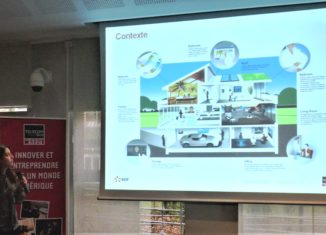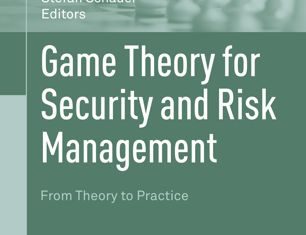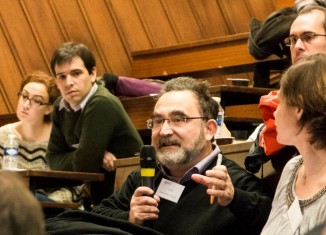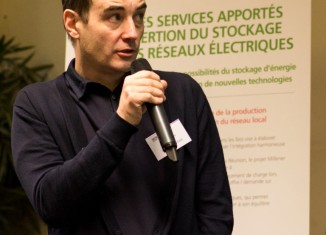Proc. of the IEEE International Conference on Communications, Control, and Computing Technologies for Smart Grids (SmartGridComm), October 2018.
DOI: 10.1109/SmartGridComm.2018.8587495
Abstract: Future electricity distribution grids will host a considerable share of the renewable energy sources needed for enforcing the energy transition. Demand side management mechanisms play a key role in the integration of such renewable energy resources by exploiting the flexibility of elastic loads, generation or electricity storage technologies. In particular, local energy markets enable households to exchange energy with each other while increasing the amount of renewable energy that is consumed locally. Nevertheless, as most ex-ante mechanisms, local market schedules rely on hour-ahead forecasts whose accuracy may be low. In this paper we cope with forecast errors by proposing a game theory approach to model the interactions among prosumers and distribution system operators for the control of electricity flows in real-time. The presented game has an aggregative equilibrium which can be attained in a semi-distributed manner, driving prosumers towards a final exchange of energy with the grid that benefits both households and operators, favoring the enforcement of prosumers’ local market commitments while respecting the constraints defined by the operator. The proposed mechanism requires only one-to-all broadcast of price signals, which do not depend either on the amount of players or their local objective function and constraints, making the approach highly scalable. Its impact on distribution grid quality of supply was evaluated through load flow analysis and realistic load profiles, demonstrating the capacity of the mechanism ensure that voltage deviation and thermal limit constraints are respected.








